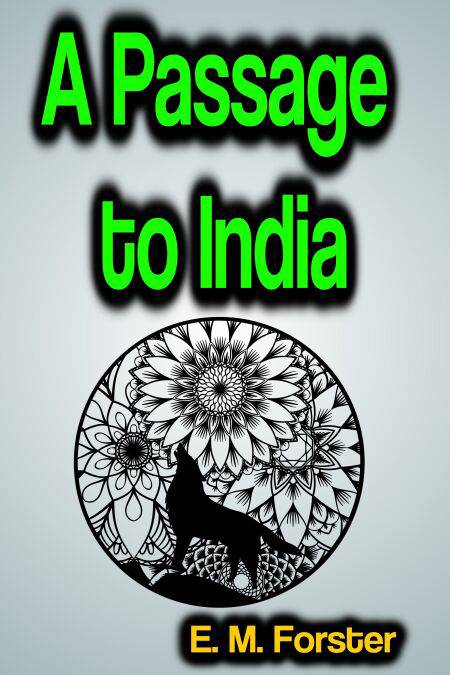
- Afhalen na 1 uur in een winkel met voorraad
- Gratis thuislevering in België vanaf € 30
- Ruim aanbod met 7 miljoen producten
- Afhalen na 1 uur in een winkel met voorraad
- Gratis thuislevering in België vanaf € 30
- Ruim aanbod met 7 miljoen producten
Zoeken
Omschrijving
A Passage to India E. M. Forster - First published in 1924, A Passage to India is E. M. Forsters classic tale of prejudice and misunderstanding in colonial India. Widely considered to be one of the best novels of 20th century English literature, A Passage to India was based on Forsters own experiences in India while it was under the rule of the British Raj and the Indian independence movement was gaining in popularity. The novel centers around the tensions between the native people of India and the prejudices of the British ruling class. The central character is Dr. Aziz, a young Indian Muslim physician, who befriends several English visitors, against the advice of his Indian friends. Dr. Aziz is kind and helpful to the young Adela Quested and her elderly friend, Mrs. Moore, who are visiting India from England. He offers to take them sightseeing at a famous cave and a terrible misunderstanding ensues, which results in the innocent and trusting Dr. Aziz being accused of a terrible crime against Adela. Forsters depiction of Dr. Azizs fight for his freedom and his reputation, against the prejudices and misconceptions fostered by the British rule of India, has made this novel a timeless masterpiece of racial tension and oppression. This edition includes a biographical afterword.
Specificaties
Betrokkenen
- Auteur(s):
- Uitgeverij:
Inhoud
- Aantal bladzijden:
- 377
- Taal:
- Engels
Eigenschappen
- Productcode (EAN):
- 9783986471668
- Verschijningsdatum:
- 17/09/2021
- Uitvoering:
- E-book
- Beveiligd met:
- Digital watermarking
- Formaat:
- ePub

Alleen bij Standaard Boekhandel
+ 4 punten op je klantenkaart van Standaard Boekhandel
Beoordelingen
We publiceren alleen reviews die voldoen aan de voorwaarden voor reviews. Bekijk onze voorwaarden voor reviews.








